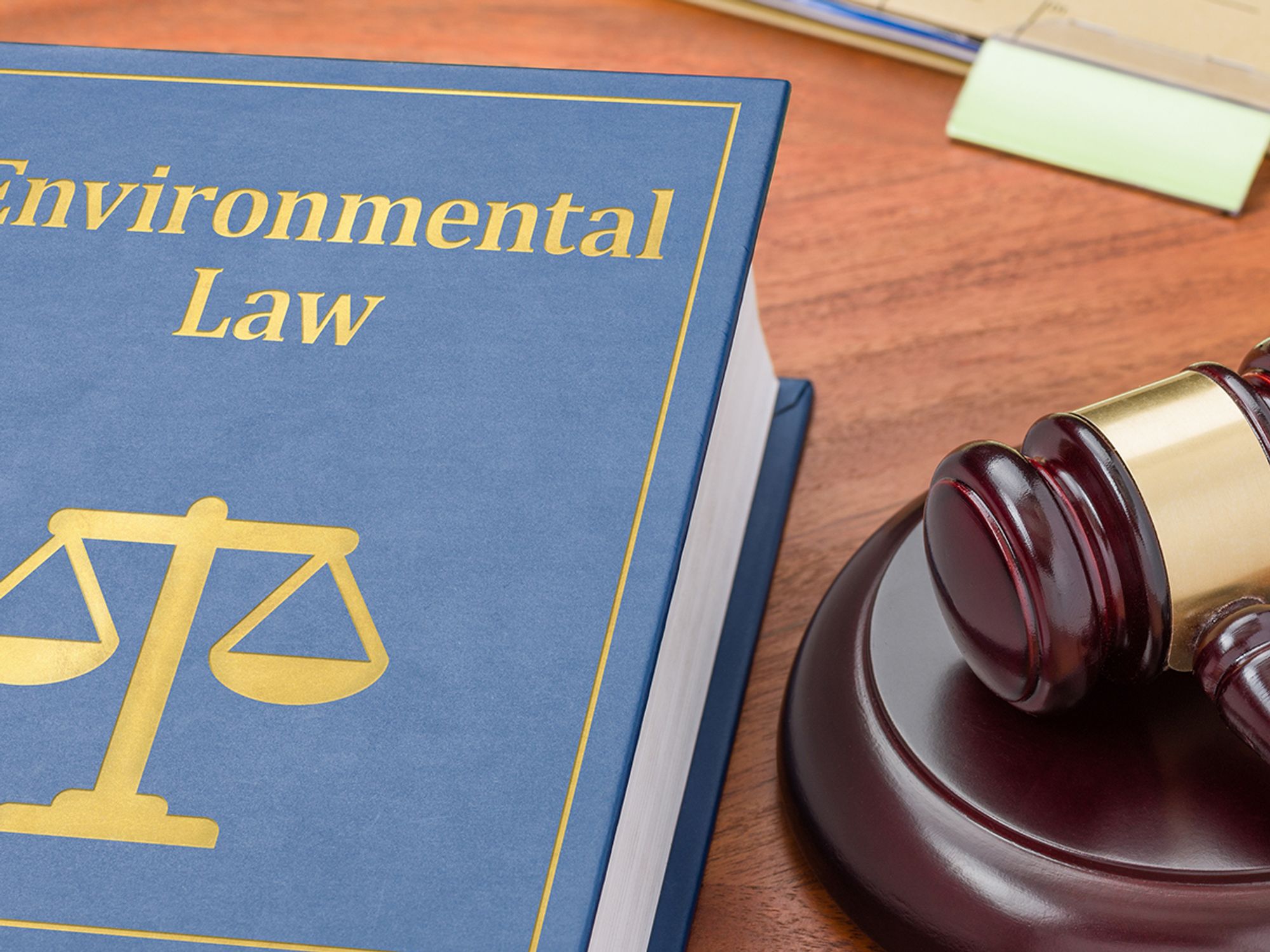History

- The CEQ highlighted concerns with risks from metals, metal compounds, and synthetic organic chemicals.
- Five titles have been added to TSCA to address specific concerns.
- The LCSA broadly amended EPA’s information gathering, chemical evaluation, and regulatory authorities under TSCA and provided additional procedures and standards for confidential treatment or disclosure of information submitted to EPA under TSCA.
In 1971, the Council on Environmental Quality (CEQ) developed a legislative proposal for coping with the increasing problems of toxic substances. CEQ’s report, “Toxic Substances,” defined a need for comprehensive legislation to identify and control chemicals whose manufacture, processing, distribution, use, and/or disposal was potentially dangerous and not adequately regulated under other environmental statutes.
The CEQ highlighted concerns with risks from metals (e.g., lead, cadmium, mercury, and vanadium), metal compounds, and synthetic organic chemicals (e.g., polychlorinated biphenyls (PCBs), nitrilotriacetic acid, orthonitrochlorobenzene). The Council also noted that pollution control and consumer or occupational safety statutes in effect at the time limited the federal government to controlling pollution at the end of the chemical lifecycle or restricting chemicals that have specific uses (e.g., pesticides and food).
The House and Senate each passed bills in 1972 and 1973, but controversies over the scope of chemical screening prior to commercial production and distribution, level of costs, and the relationship to other regulatory laws stalled final action. However, episodes of environmental contamination — including contamination of the Hudson River and other waterways by PCBs, the threat of stratospheric ozone depletion from chlorofluorocarbon (CFC) emissions, and contamination of agricultural produce by polybrominated biphenyls (PBBs) in the state of Michigan — together with more exact estimates of the costs of imposing toxic substances controls, opened the way for final passage of the legislation.
After five years of public hearings and debate, Congress enacted the Toxic Substances Control Act (TSCA) in the fall of 1976, and President Ford signed it into law on October 11, 1976. The law established new requirements for the Environmental Protection Agency (EPA) to identify and regulate chemicals in U.S. commerce that present an “unreasonable risk of injury to health or the environment” or an imminent hazard. The original legislation included a single title, which has since been designated Title I, Control of Toxic Substances.
Authorization for appropriations for these activities and a state grant program for control of toxic substances in the environment expired on September 30, 1983; although, appropriations for these programs have continued.
Subsequently, five titles have been added to TSCA to address specific concerns — asbestos in 1986 (Title II, Public Law 99-519), radon in 1988 (Title III, Public Law 100-551), lead in 1992 (Title IV, Public Law 102-550), schools in 2007 (Title V, Public Law 110-140), and formaldehyde in 2010 (Title VI, Public Law 111-199). The additional titles did not amend the core chemical evaluation and regulatory program under Title I. Specifically,
- Title II directs EPA to set standards for asbestos mitigation in schools and requires asbestos contractors to be trained and certified.
- Title III directs EPA to provide technical assistance to states that choose to support radon monitoring and control.
- Title IV provides similar assistance with respect to abatement of lead-based paint hazards.
- Title V addresses environmental issues at schools, including energy efficiency.
- Title VI establishes limits on emissions of formaldehyde from composite wood products.
In October 2008, Congress amended TSCA Title I when it enacted the Mercury Export Ban Act of 2008. It prohibits certain activities with respect to elemental mercury.
In June 2016, President Obama signed into law the Frank R. Lautenberg Chemical Safety for the 21st Century Act, or LCSA, which amended Title I of TSCA, due, in part, to long-standing concerns that EPA lacked sufficient authority to obtain information and regulate chemicals that present unreasonable risks. The LCSA broadly amended EPA’s information gathering, chemical evaluation, and regulatory authorities under TSCA and provided additional procedures and standards for confidential treatment or disclosure of information submitted to EPA under TSCA. To supplement funding provided for TSCA implementation, the LCSA expanded EPA’s authority to collect fees from chemical manufacturers and processors to partially defray the costs of conducting risk evaluations.
The table below gives a bird’s eye view of the enactment and amendment of TSCA, which is codified at 15 U.S. Code 2601 to 2697:
| Year | Act | Public Law (P.L.) |
|---|---|---|
| 1976 | Toxic Substances Control Act | P.L. 94-469 |
| 1986 | Asbestos Hazard Emergency Response Act | P.L. 99-519 |
| 1988 | Radon Program Development Act | P.L. 100-551 |
| 1990 | Radon Measurement | P.L. 101-508 |
| 1990 | Asbestos School Hazard Abatement Reauthorization Act | P.L. 101-637 |
| 1992 | Residential Lead-Based Paint Hazard Reduction Act | P.L. 102-550 |
| 2007 | Energy Independence and Security Act, subtitle E - Healthy High-Performance Schools | P.L. 110-140 |
| 2008 | Mercury Export Ban Act | P.L. 110-414 |
| 2010 | Formaldehyde Standards for Composite Wood Products Act | P.L. 111-199 |
| 2016 | Frank R. Lautenberg Chemical Safety for the 21st Century Act | P.L. 114-182 |
| 2019 | National Defense Authorization Act for Fiscal Year 2020 | P.L. 116–92 (see section 7351) |
